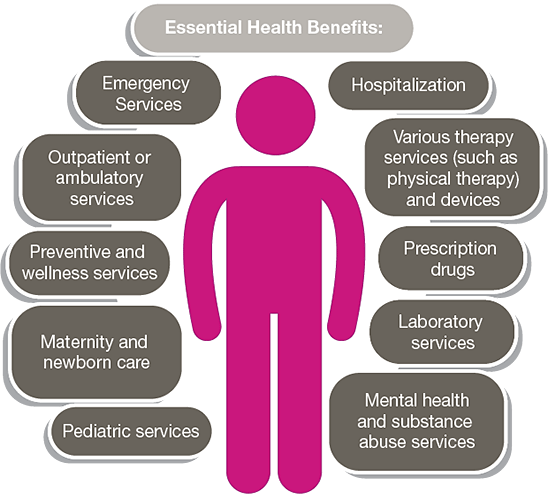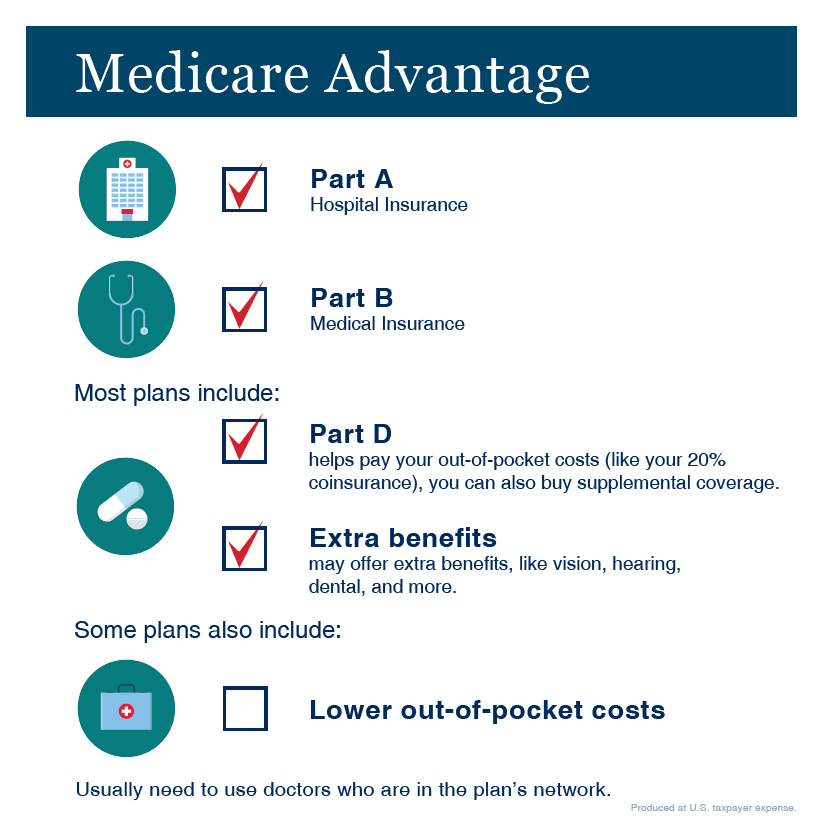7 Simple Techniques For Medicare Advantage Agent
7 Simple Techniques For Medicare Advantage Agent
Blog Article
Medicare Advantage Agent - Truths
Table of ContentsGet This Report on Medicare Advantage AgentMedicare Advantage Agent Fundamentals ExplainedMedicare Advantage Agent Fundamentals Explained

follows from confusing the relatively young age profile of the without insurance with the much better wellness, typically, of more youthful persons. This covers the web link between health and wellness status and medical insurance. For those without access to work environment wellness insurance, bad wellness is a prospective obstacle to acquiring nongroup protection due to the fact that such protection may be highly priced, leave out preexisting problems, or be merely not available. The variety of without insurance Americans is not particularly big and has actually not transformed recently. 7 out of ten participants in a country wide depictive study thought that fewer Americans lacked medical insurance than really do(Fronstin, 1998). About half(47 percent )believed that the number of people without health and wellness insurance coverage reduced or continued to be consistent over the last fifty percent of the last years(Blendon et al., 1999). This decrease of nearly 2 million in the variety of people 'without insurance coverage (a decrease
of about 4 percent)is certainly a favorable change. With a softer economy in 2000 the most recent reported gains in insurance policy coverage may not continue(Fronstin, 2001 ). The decrease in the variety of uninsured will not continue if the economic climate continues to be slow-moving and wellness treatment expenses continue to outmatch rising cost of living. This is since the data were collected for a duration of solid economic performance. Of the estimated 42 million individuals that were without insurance, almost regarding 420,000(about 1 percent)were under 65 years of age, the age at which most Americans come to be qualified for Medicare; 32 million were adults between ages 18 and 65, about 19 percent of all grownups in this age; and 10 million were youngsters under 18 years old, concerning 13.9 percent of all kids (Mills, 2000). These price quotes of the variety of persons without insurance are produced from the annual March Supplement to the Existing Populace Survey (CPS), conducted by the Census Bureau. Unless or else kept in mind, national estimates of individuals without medical insurance and percentages of the populace with various kinds of protection are based upon the CPS, the most commonly utilized resource of quotes of insurance coverage and uninsurance prices. These studies and the estimates they yield are explained briefly in Table B. 1 in Appendix B - Medicare Advantage Agent. These surveys differ in dimension and sampling methods, the inquiries that are inquired about insurance
More About Medicare Advantage Agent
coverage, and the moment period over which insurance policy protection or uninsurance is gauged(Lewis et al., 1998, Fronstin, 2000a ). Still, the CPS is particularly valuable since it generates yearly estimates reasonably promptly, reporting the previous year's insurance policy protection approximates each September, and since it is the basis for a constant set of estimates for greater than two decades, permitting analysis of patterns in insurance coverage over time.

The Buzz on Medicare Advantage Agent
Over a three-year duration starting early in 1993, 72 million people, 29 percent of the U.S. populace, lacked insurance coverage for at the very least one month. Within a single websites year(1994), 53 million people experienced at the very least a month without coverage(Bennefield, 1998a). Six out of every ten uninsured adults are themselves employed. Working does enhance the possibility that one and one's household participants will certainly have insurance coverage, it is not an assurance. Even members of households with two full-time breadwinner have almost a one-in-ten possibility of being without insurance (9.1 percent without insurance rate)(Hoffman and Pohl, 2000 ). The connection in between medical insurance and accessibility to care is go to this website well established, as documented later in this phase. Although the relationship between medical insurance and health outcomes is neither straight nor simple, a considerable medical and health services research literature web links medical insurance protection
to enhanced access to care, better top quality, and enhanced personal and populace health status. The 2nd record, on individual health end results for uninsured grownups, is represented by the inner circle of the number, while the 3rd record, on household health, encompasses the topics of the 2nd report however stresses a different device of evaluation, particularly, the family. The sixth report in the series will present information about approaches and efforts taken on locally, statewide, or across the country to deal with the absence of insurance policy and its damaging impacts. Levels of evaluation for analyzing the results of uninsurance. This conversation of medical insurance coverage focuses largely on the united state populace under age 65 due to the fact that virtually all Americans 65 and older have Medicare or other public insurance coverage.
Furthermore, it concentrates particularly on those with no medical insurance for any type of size of time. The problems encountered by the underinsured remain in some respects comparable to those encountered by the uninsured, although they are typically much less severe. Uninsurance and underinsurance, however, entail noticeably various plan problems, and the techniques for resolving them might differ. Throughout this research study and the five reports to adhere to, the major emphasis gets on individuals with no wellness insurance and hence no help in paying for healthcare beyond what is offered via charity and safeguard organizations. Medical insurance is a powerful element affecting invoice of care since both individuals and physicians react to the out-of-pocket rate of services. Health and wellness insurance, however, is neither necessary neither sufficient to get to medical solutions. Nonetheless, the independent and direct impact of health
insurance protection on accessibility to wellness services is well established. Others will get the healthcare they require even without medical insurance, by spending for it out of pocket or seeking it from service providers who offer care complimentary or at highly subsidized rates. For still others, health insurance alone does not make sure invoice of treatment due to the fact that of various other nonfinancial barriers, such as an absence of healthcare carriers in their area, minimal accessibility to transportation, illiteracy, or etymological and cultural distinctions. Formal research regarding uninsured populations in the USA dates to the late 1920s and very early 1930s when the Board on the Price of Healthcare created a collection of records about funding medical professional workplace gos to and hospitalizations. This problem came to be salient as the numbers of clinically indigent climbed throughout the Great Anxiety. Empirical research studies constantly sustain the over here web link between access to care and enhanced wellness end results(Bindman et al., 1995; Starfield, 1995 ). Having a routine resource of treatment can be considered a forecaster of gain access to, as opposed to a straight action of it, when wellness outcomes are themselves made use of as accessibility indicators. This expansion of the notion of gain access to dimension was made by the IOM Committee on Monitoring Accessibility to Personal Healthcare Solutions(Millman, 1993, p. Whether parents are guaranteed shows up to impact whether their children receive treatment as well as just how much careeven if the youngsters themselves have insurance coverage(Hanson, 1998). The health of moms and dads can affect their capacity to care for their youngsters and the level of family members stress and anxiety. Fretting concerning their kids's accessibility to care is itself a source of anxiety for moms and dads. 3 chapters follow in this record. Chapter 2 gives a summary of exactly how employment-based health and wellness insurance coverage, public programs and private insurance plans run and connect to supply considerable however insufficient insurance coverage of the united state populace. This consists of a testimonial of historical trends and public laws impacting both public and personal insurance policy, a discussion of the interactions amongst the various kinds of insurance, and an examination of why people move from one program to an additional or end up

Report this page